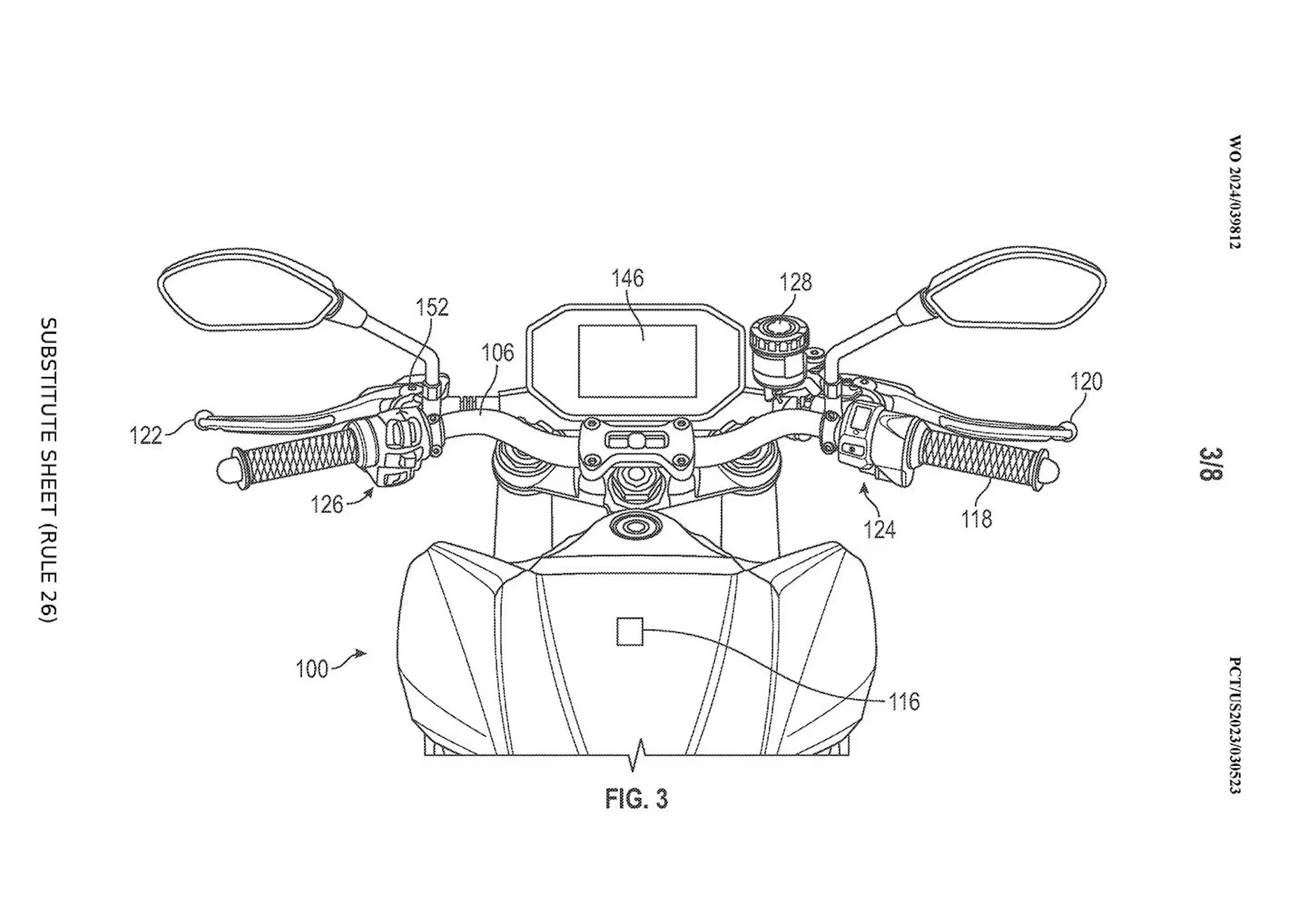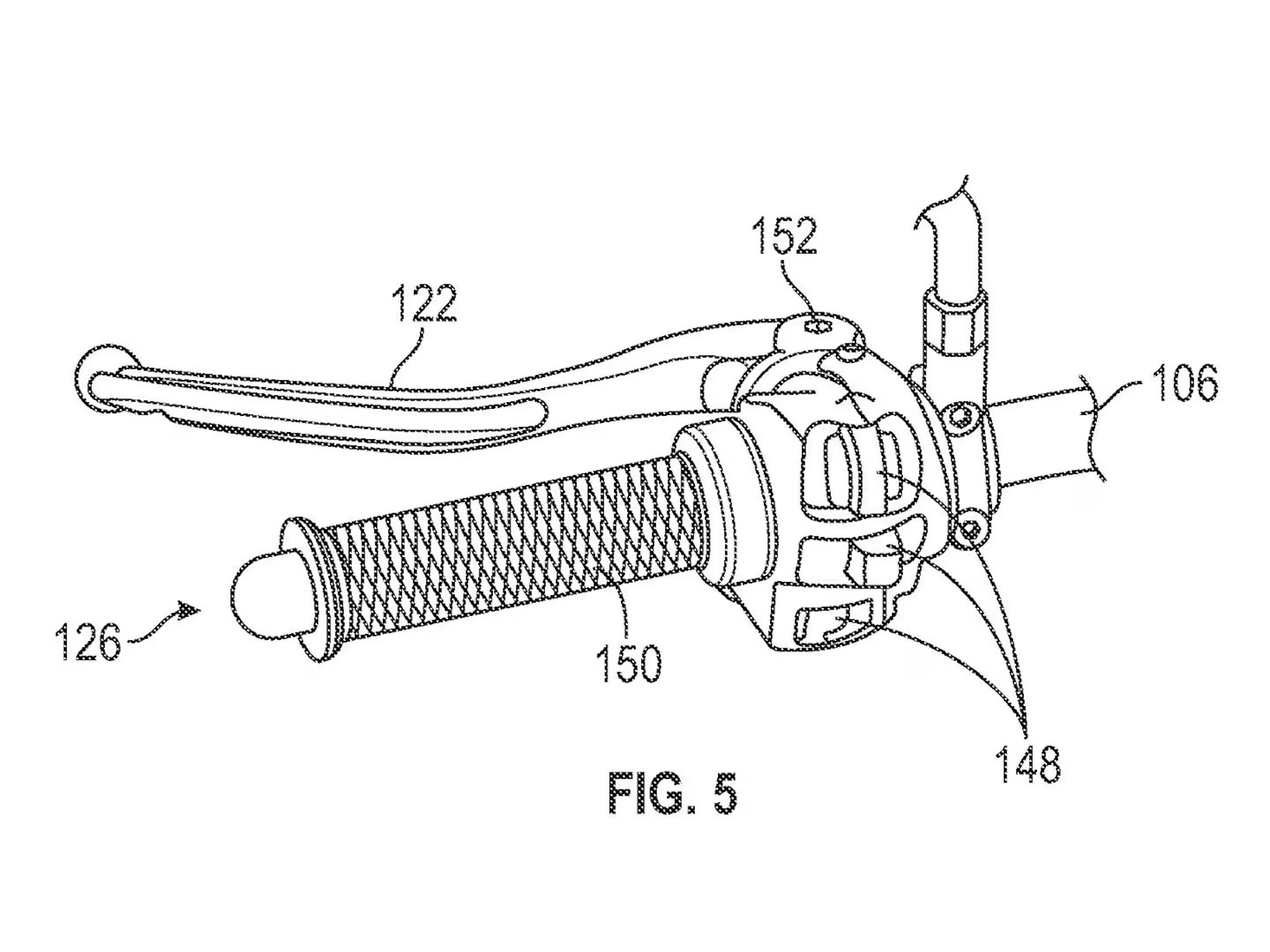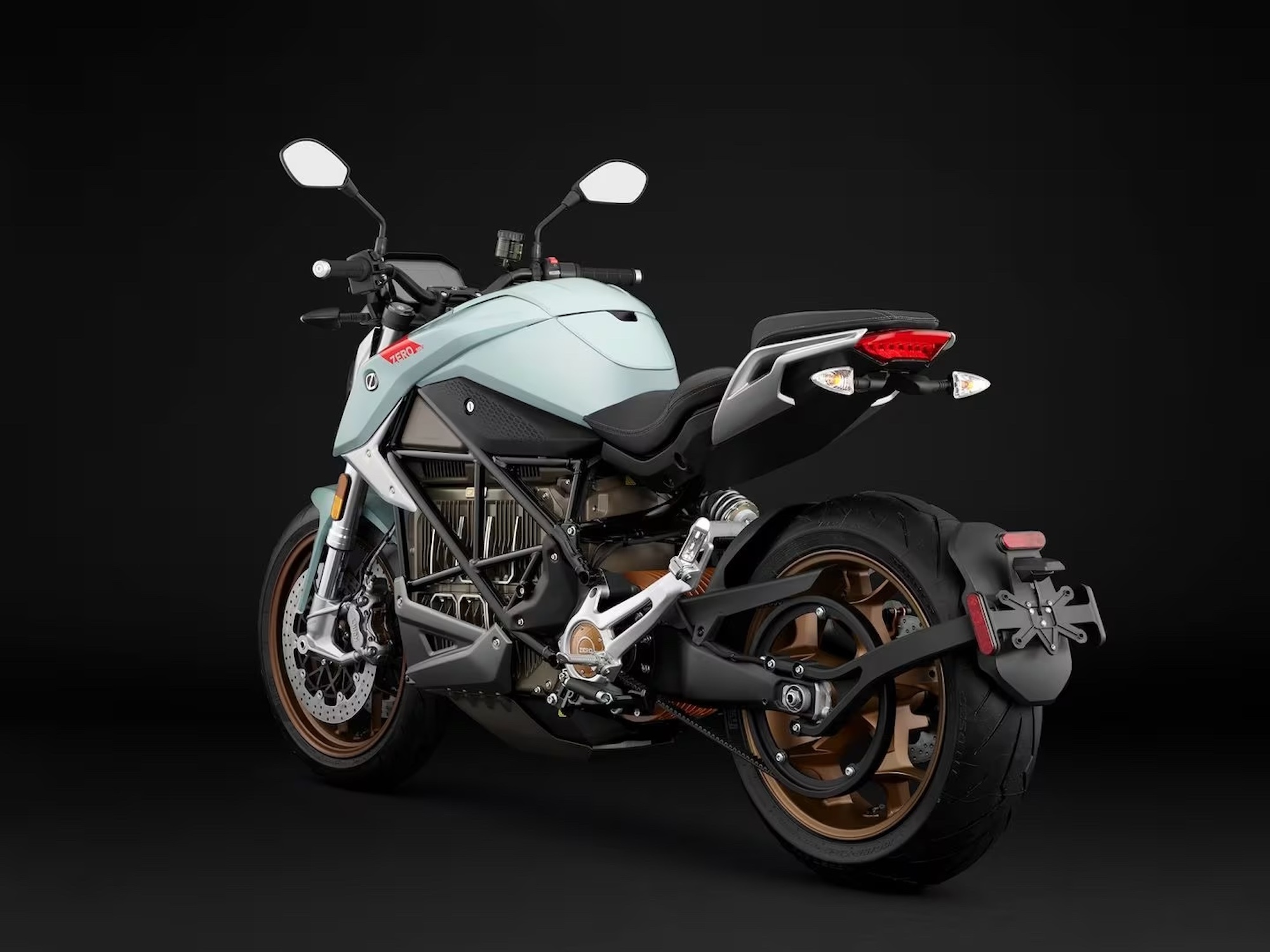|
We’ve got another set of papers showing that Zero Motoryccles is seriously considering tech that simulated gas-powered bikes.
The filed patent application – sourced by the ever-comparable Ben Purvis at CycleWorld – shows a novel sight: An EV company considering a clutch to simulate ICE bike feel on their electric bikes.

Why is Zero Motorcycles making a fake clutch for their electric motorcycles?
Our guess is obligatory, but it spells an interesting perspective on today’s EV industry: Zero wants to cater to their clients, who miss the finesse of a conventional clutch.
In an industry where hybrid motorcycles are on the rise and hydrogen energy is a fast-growing hype, electric energy remains a less-convenient alternative to ICE with a higher price tag. Unless you are an urban monkey, in which case electric machinery may be your go-to for smaller commutes… but not the bigger ones.
There is also the school of thought that suggests electric motorcycles haven’t deviated too far from the ICE bike norm of “throttle here, brake there” because mimicking gas-powered systems helps EV riders feel confident riding them.
All of the above checks out, so let’s take a look at Zero’s new tech.

Is Zero Motorcycles really making a clutch system for their electric bikes?
Yes, it’s a clutch system; and no, it’s not the real deal.
According to Purvis’s coverage, this particular clutch system works with both the bike’s torque and regenerative braking “to simulate the feeling and control an internal combustion engine-powered bike’s clutch.”
How good is this “clutch” at simulating the real deal?
Here’s a list of clutch benefits Zero has simulated that they consider to be pertinent to this project:
- “Dumping the clutch” will provide the same “burst of energy” feel.
- Slipper clutch simulation could also be a possibility.
- Clutch feel could be calibrated for a realistic release experience: An initial spike in resistance continues into a plateau, and then lets off as the system approaches a full state of engagement/lever retraction.
- Regenerative braking with excess energy sent to the battery would still be a part of daily life with a Zero bike; the energy would just be sent to the battery differently than typical for Zero’s ranges.
If you’re super keen on the exact wording from Zero’s patent, here’s an excerpt of the filing explaining how the simulation works:
| …the controller causes the motor to operate as a generator to deliver electrical energy to the battery and brake the vehicle as a function of the rotational position, angular displacement, force, and/or pressure applied to the left-hand control lever.
Additionally, the controller may take into account the rate of change of the rotational position, angular displacement, force and/or pressure applied to the left-hand control lever in determining the amount of regenerative braking to be applied. For example, a rapid movement of the left-hand control lever may indicate that the driver of a vehicle is demanding a very high level of regenerative braking, e.g., while making an emergency stop, whereas a slower movement of the left-hand control lever may indicate less drastic regenerative braking demands.” – Ben Purvis, “Zero Developing Simulated Clutch” (Cycleworld).Excerpt from Zero Motorcycles patent filings. |

Which of Zero’s motorcycles will carry this tech?
The patent imagery shows the clutch system fitted to an SR/F, so expect that machine to be the chosen one, should Zero decide to publish this tech.
There is also potential for the clutch to be used alongside an automatic, clutchless gearbox, though no word yet on whether or not Zero’s hand lever will include the whole left leg toe-shifter deal that typically accompanies ICE bike “clutch”-scapades.
What do you think of Zero’s new clutch system patent?

